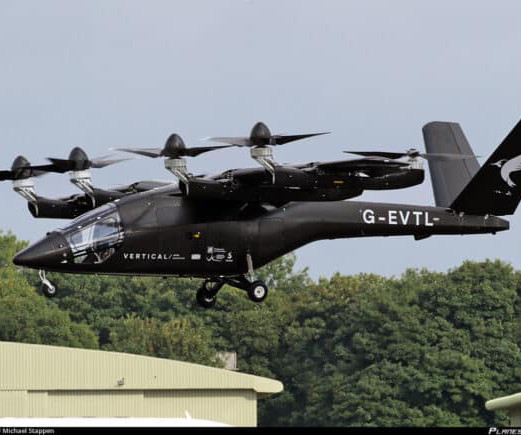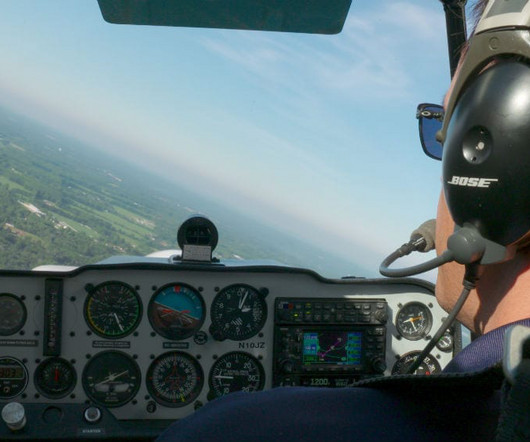Air Taxi Prototype Crash at Cotswold Airport
Fear of Landing
MAY 3, 2024
The prototype lifted off, hovered and flew at a speed of 40 knots before landing. Once stable in ground effect, the pilot shut down EPU1 (left-side outboard) to simulate the performance in the case of an engine failure. The pilot then increased acceleration with a target of seven knots ground speed.













Let's personalize your content